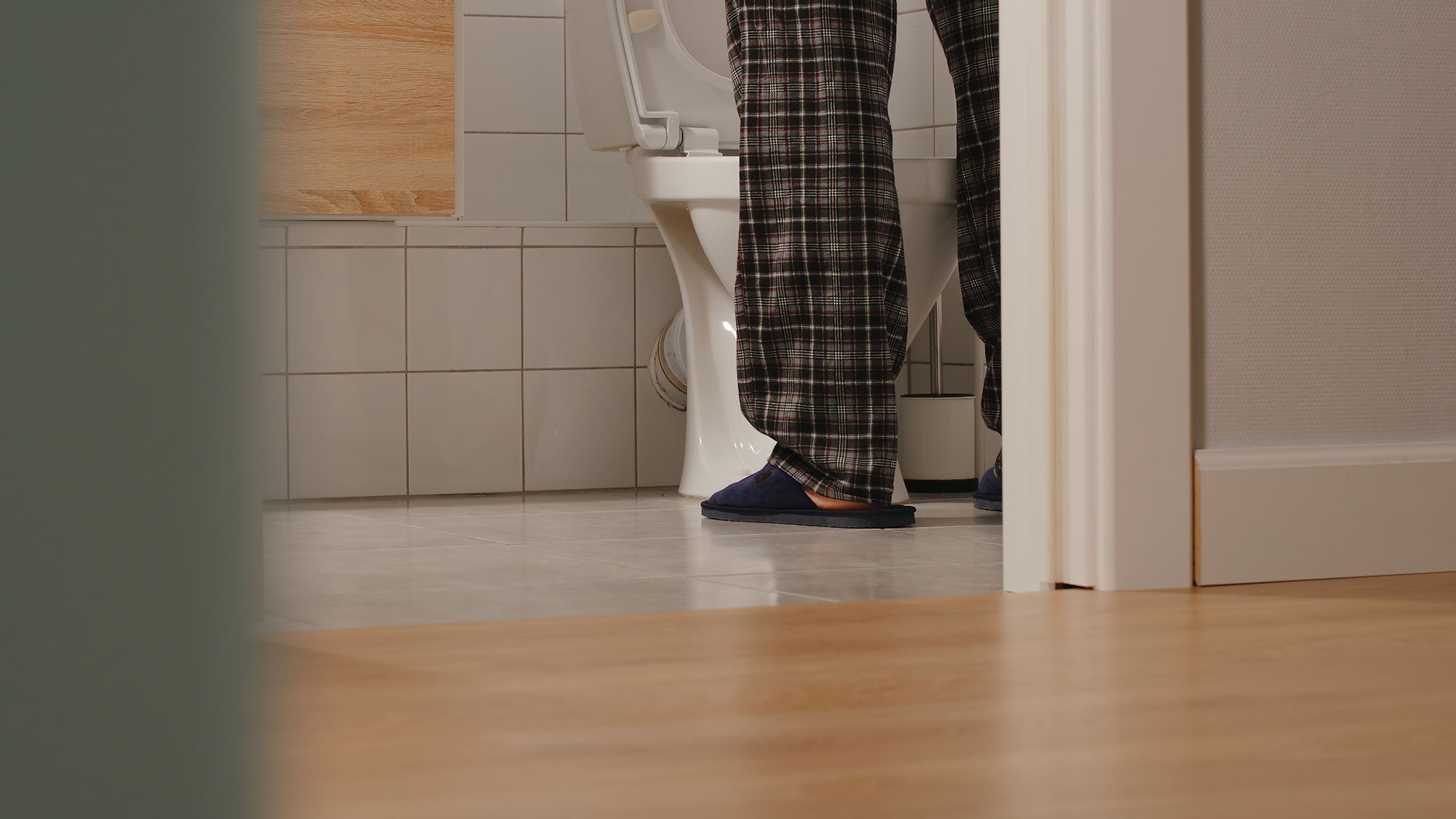
“Do you have disrupted sleep because of the need to frequently urinate at night? PAE may be right for you!”
What is Prostate Artery Embolization (PAE)?
Prostate Artery Embolization (PAE) is a minimally invasive treatment option for benign prostatic hyperplasia (BPH); otherwise, known as an “enlarged prostate”. Enlarged prostate affects approximately 70% of men greater than 60 years old. The central portion of the prostate gland enlarges as you age, restricting the flow of urine. Symptoms of an enlarged prostate are frequently characterized as lower urinary tract symptoms, which include:
- Frequent urination
- The urge to urinate
- Nocturia (disrupted sleep because of the need to urinate at night)
- Incomplete bladder emptying sometimes requiring intermittent catheterization
- Weak stream
The prostate artery embolization procedure can relieve lower urinary tract symptoms by embolizing (blocking) the blood flow to the prostate. This is accomplished by threading a small catheter to the prostate artery through a tiny puncture in your wrist or leg using real-time imaging. Once in the correct position, microscopic beads are injected through the catheter into the prostate artery, blocking blood flow to the prostate. Blocking blood flow to the prostate causes the prostate to shrink, relieving BPH symptoms.
Prostate artery embolization is an outpatient procedure, meaning you will not require an overnight hospital stay. The procedure is done under “twilight” sedation, allowing you to remain comfortable during the procedure without the need for general anesthesia.

What is the Success of PAE?
In clinical studies, this procedure has demonstrated excellent outcomes with low risk and quick recovery times. Approximately 80-90% of men report significant improvement in quality of life following PAE. Compared to other surgical therapies including TURP (transuretheral resection of the prostate), PAE provides minimal risk of sexual dysfunction, low risk of urinary incontinence, quick recovery, and minimal downtime following the procedure. PAE is recognized for the treatment of symptomatic BPH by the 2023 American Urological Association (AUA) guidelines. Advanced Radiology was the first group in the Lincoln and surrounding region to perform PAE for enlarged prostate. We use advanced imaging technologies to ensure you experience the best outcome possible.
Is PAE covered by insurance?
Yes. Most insurance carriers cover PAE.
